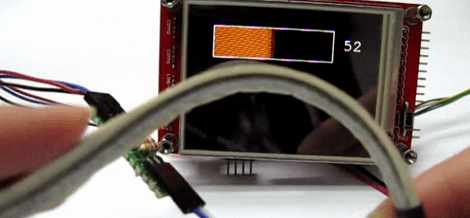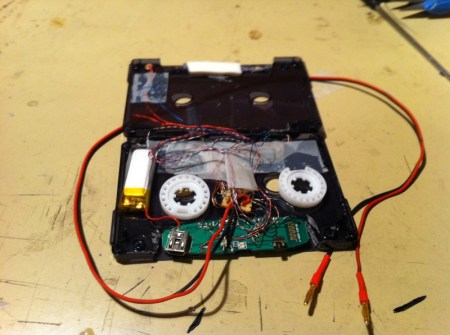So robots kick our butts at tic-tac-toe, chess, Jeopardy, and now they’re the dominant species at rock-paper-scissors too. This robot arm will outmatch your at the game every single time. It’s not just fast enough to keep up, but it figures out what you’re planning to do and reacts according. All of this happens way to fast for you to catch it in the act.
Researchers at the University of Tokyo came up with the idea of combining high-speed vision with a high-speed hand. Apparently one millisecond is all it takes to analyze what move you’ve chosen. The time it takes for the hand to form the conquering position is only marginally longer than that. As you can see in the clip after the break, it already knows the protocol of 1-2-3 shoot and doesn’t need any operator intervention to start a new game, or repeatedly school you on trying to compete with a machine.
We’ve been beaten at the game by a machine before. This is just first time that the human player doesn’t need to wear special equipment and the machine has moved from a virtual hand to a physical one.
Continue reading “Robotic Rock-paper-scissors Never Lets You Win”


















